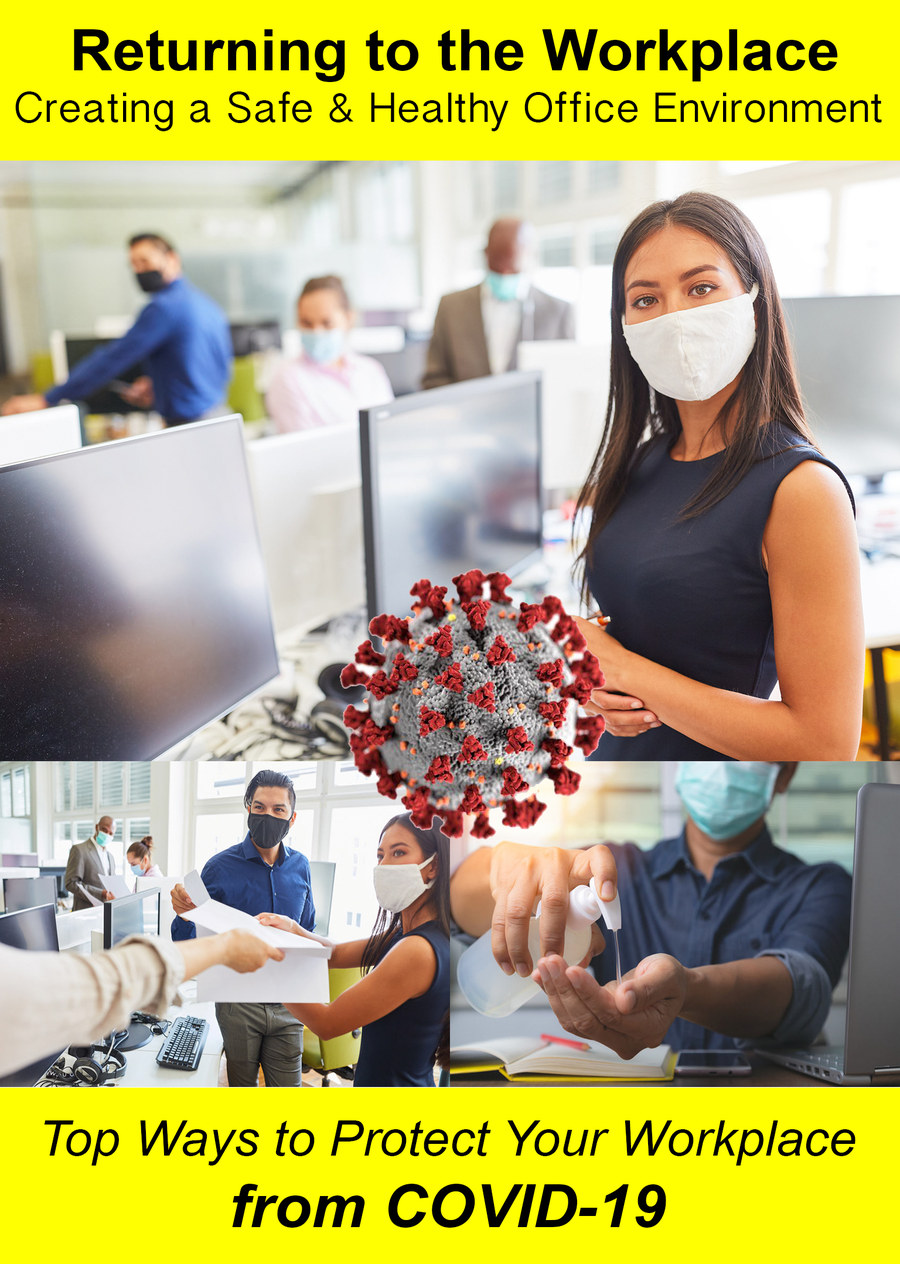Information and statistics on the Coronavirus, or COVID-19, are changing rapidly. To combat both the spread of the virus and the negative emotions in connection with it, employers need to have an open dialogue with their employees about the virus, it's potential impact on the organization and what employees can do to protect themselves. This program includes our top tips for protecting the workplace and employees from spreading the virus. We're living in a new age with new concerns. It's not a time to be uninformed and unaware. With no treatment, no vaccine and no immunity, it is imperative we limit the spread of this disease and each employee can play an important role in stopping the spread of germs. In this program, we'll learn to focus on the five essential steps of prevention, the basic rules of disinfecting work areas and the roles of the company, managers and employees. No matter the company or organization, a concerted effort must be made to meticulously clean and disinfect all workplaces after every shift. Environments that have a high potential for exposure are hospitals, health care facilities, drug treatment centers, correctional institutions and homeless shelters. Environments that have a medium potential for exposure are retail stores, public services, postal services, warehouses and public transportation. However no matter the company or organization, a concerted effort must be made to meticulously clean and disinfect all workplaces after every shift. What do you think is the dirtiest place in a typical office? The sink faucet in the break room; followed by microwave and refrigerator door handles, keyboards and buttons on water fountains and vending machines. Consider placing a wipe able cover on electronic equipment. Ensure that storage rooms, dining rooms, changing rooms, and refuse areas are cleaned regularly using antibacterial wipes and surface sanitizers. Food establishments should pay close attention to cash registers, countertops and checkout counters. In vehicles, please clean door handles, window buttons, locks, arm rests, seat cushions, buckles and seat belts, steering wheels, radio buttons, turn indicators and cup holders. If you wear a uniform provided by the company, it must be cleaned regularly or washed with detergent at the highest temperature as should towels and linens. Do not shake dirty laundry before washing. The role of the company is to train supervisors in keeping a safe and healthy workplace. They need to create soft barriers, such as tables, ropes, signs, and floor markings to maintain social distancing; while limiting unnecessary visitors in the workplace. The company should provide face and eye protection, gloves and when necessary, gowns and respirators. In addition, ensure there are handwashing stations with soap, clean water and single use paper towels (not hand dryers) as well as hand sanitizers that contain at least 60% alcohol. The company should encourage employees to work remotely and have virtual meetings, thus minimizing non-essential travel. The role of the manager is to instruct, monitor and modify policies that keep the workplace safe and healthy. Remember, just because someone doesn't appear ill doesn't mean they're not infected. Ask sick employees to stay home. Create sick-leave policies that are flexible and in accordance with public health agencies. Provide training classes and films demonstrating how to put on and take off protective equipment and how to properly disinfect the workplace. Managers should give extra recognition and rewards to those unable to work from home. They should also show empathy and support during these turbulent times. The role of the employee is to do their part to ensure the workplace is safe and healthy. It begins with knowing the facts. COVID-19 is spread from person to person mainly through coughing, sneezing, talking and breathing. It poses a greater risk for people with underlying health conditions. The incubation period is the time between exposure to a virus and the appearance of symptoms which include fever, cough, shortness of breath, and loss of taste and smell (generally 2-14 days after exposure).

 Please wait...
Please wait...




